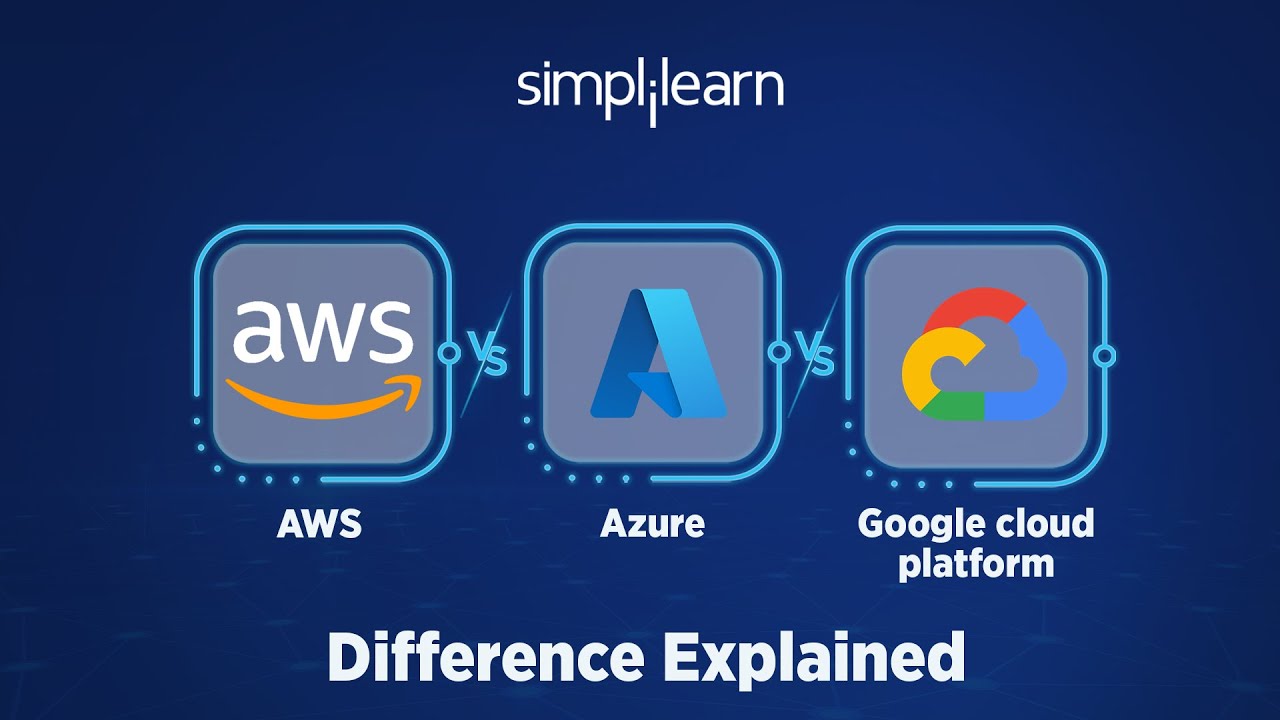Azure Service Fabric - Tutorial 1 - Introduction
Summary
TLDRThis tutorial series dives into Azure Service Fabric, a platform for developing scalable, high-availability microservices. It covers the basics of microservices, the benefits of Service Fabric for replication and partitioning, and its support for container orchestration and distributed system challenges. The series also highlights Service Fabric's open-source nature, cross-platform capabilities, and its use in powering major applications like Cosmos DB and Skype. Aimed at developers, it emphasizes the growing demand for cloud and distributed computing skills, showcasing Service Fabric's programming model for developing stateful, stateless services, and APIs.
Takeaways
- 🌐 Azure Service Fabric is a platform-as-a-service for creating internet-scale, high-availability, and low-latency microservices.
- 🔍 A microservice is a small, single-responsibility service that processes a specific type of transaction or provides an API.
- 🔄 Service Fabric facilitates high availability, reliability, and scalability through service replication and partitioning.
- 🛠️ It is not a distributed database but a distributed application framework that complements distributed databases for building scalable applications.
- 👷♂️ Service Fabric handles challenges like container orchestration, failure detection, and reliable message delivery internally.
- 📚 The platform is open-source with an active GitHub repository contributed to by both Microsoft and the community.
- 🌍 It is versatile, running on Windows and Linux, on-premises or in other clouds, including AWS and Google Cloud Platform.
- 📈 Service Fabric scales well, capable of scaling to thousands of machines to handle significant loads and throughput.
- 🏢 Microsoft and various other large companies, such as BMW and Honeywell, use Service Fabric to power their applications.
- 💼 Learning Service Fabric is beneficial as cloud and distributed computing skills are in high demand and command higher salaries.
- 🛠️ The tutorial series will cover developing both container orchestration and distributed applications using Service Fabric, including stateful and stateless services, APIs, and actor model services.
Q & A
What is Azure Service Fabric?
-Azure Service Fabric is a platform-as-a-service for building internet-scale, highly available, and low-latency microservices.
What is a microservice?
-A microservice is a small, focused service that has one responsibility, such as processing a specific type of transaction or providing an API.
How does Service Fabric help achieve high availability, reliability, and scalability?
-Service Fabric helps by allowing services to be easily replicated and partitioned, which means running multiple instances of the same service and having different instances handle different subsets of data.
What is the difference between Service Fabric and a distributed database like Apache Cassandra?
-Service Fabric is a distributed application framework rather than a distributed database. It works well with distributed databases to create end-to-end scalable and reliable applications.
What problems does Service Fabric solve for large-scale distributed systems?
-Service Fabric handles issues like container orchestration, failure detection, and reliable message delivery, allowing developers to focus on building the business logic of their applications.
Is Service Fabric open source?
-Yes, Service Fabric is open source with an active GitHub repository that is contributed to by both Microsoft and the open-source community.
On which platforms can Service Fabric run?
-Service Fabric can run on Windows and Linux, on-premise or in other clouds such as AWS or Google Cloud Platform, not just on Microsoft Azure.
How does Service Fabric scale?
-Service Fabric scales very well and can be scaled to thousands of machines, allowing it to handle large loads and throughput on the system.
Which Microsoft applications are powered by Service Fabric?
-Microsoft applications such as Cosmos DB, Skype, Event Hubs, Bing, and Cortana are powered by Service Fabric.
Why is learning about Azure Service Fabric beneficial for a developer?
-Learning about Azure Service Fabric is beneficial as cloud and distributed computing skills are in high demand and can lead to higher salaries, according to a LinkedIn survey.
What programming model does Service Fabric provide for developing distributed applications?
-Service Fabric provides a programming model that supports the development of stateful and stateless services, APIs, and services built on the actor model.
What tools and languages will be used predominantly in the tutorial series?
-The tutorial series will predominantly use C#, Azure, and Visual Studio 2019, with an assumption of some knowledge of these tools and languages by the user.
Outlines

Esta sección está disponible solo para usuarios con suscripción. Por favor, mejora tu plan para acceder a esta parte.
Mejorar ahoraMindmap

Esta sección está disponible solo para usuarios con suscripción. Por favor, mejora tu plan para acceder a esta parte.
Mejorar ahoraKeywords

Esta sección está disponible solo para usuarios con suscripción. Por favor, mejora tu plan para acceder a esta parte.
Mejorar ahoraHighlights

Esta sección está disponible solo para usuarios con suscripción. Por favor, mejora tu plan para acceder a esta parte.
Mejorar ahoraTranscripts

Esta sección está disponible solo para usuarios con suscripción. Por favor, mejora tu plan para acceder a esta parte.
Mejorar ahoraVer Más Videos Relacionados

Azure App Service (Web Apps) Tutorial

AWS vs Azure vs GCP | Amazon Web Services vs Microsoft Azure vs Google Cloud Platform | Simplilearn

ISTQB AI Tester | AI as a Service (AISaaS) | AISaaS Example | AI Tester Certification | AI Tutorials

Microservices architecture on AWS #aws #amazonwebservices #microservices #devops

Understand Azure Kubernetes Service Architecture and Components

Cloud Computing Explained
5.0 / 5 (0 votes)
